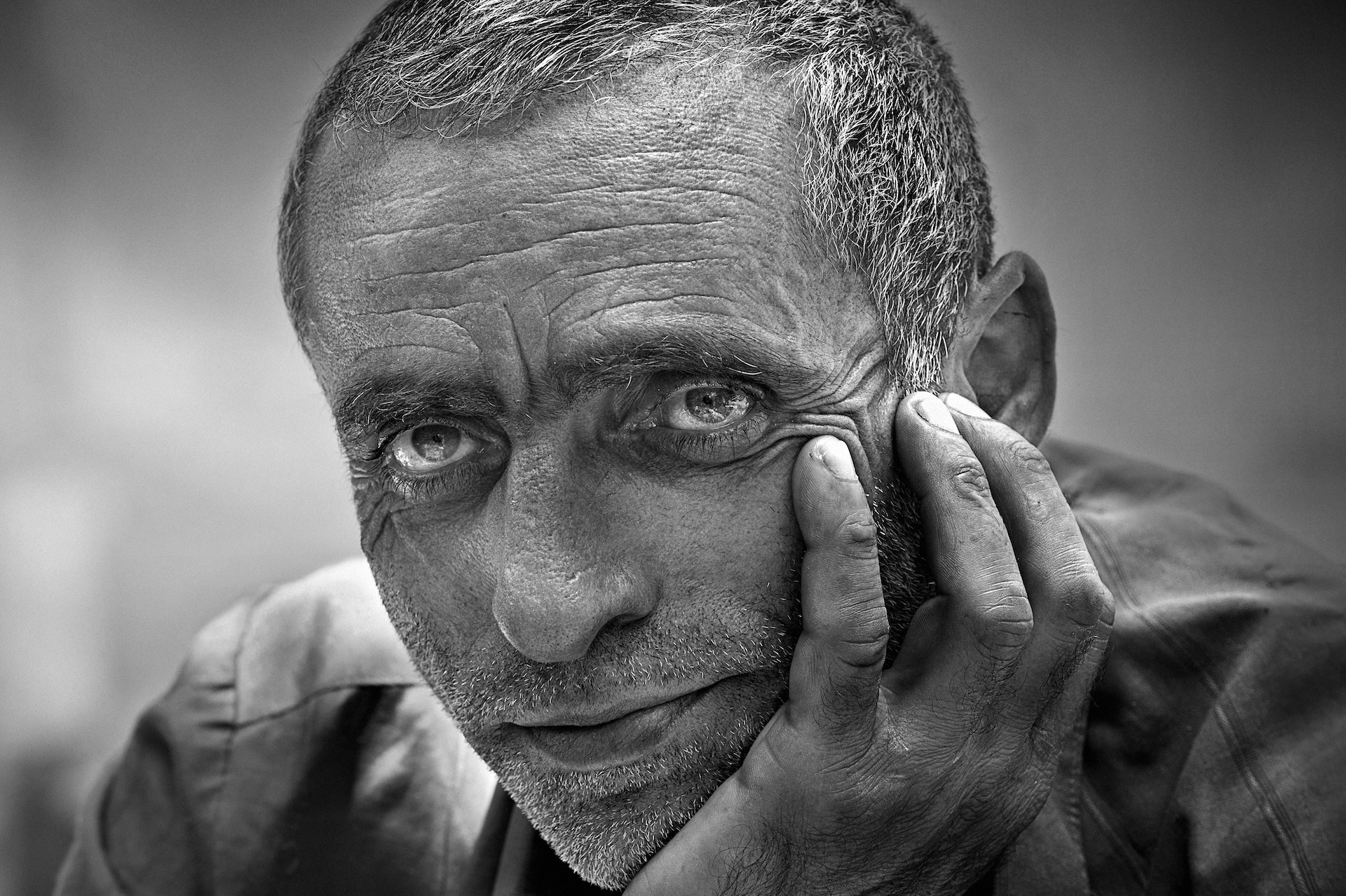
The attentive gaze of this man is turned toward his daughter, who is singing patriotic hymns—songs that now resonate painfully, as the “impregnable fortress” they spoke of has fallen, and its inhabitants were forced to flee hastily in September 2023.
Like his neighbours, the man likely took only a few belongings and the key to his home. Weakened by months of deprivation due to the blockade imposed by Azerbaijan, he embarked on the road of exile, probably without realizing that he would never see his village again.
Today, this is a certainty, as Karin Tak no longer exists. The locality has been renamed, just like most of the others in Nagorno-Karabakh. Azerbaijani authorities have assigned them Azerbaijani toponyms. Stepanakert is now called Khankendi; Shushi has been renamed Shusha; Karin Tak is now Dashalti.
At the same time, structures with an evident Armenian identity have been destroyed: churches, the cross-shaped telecommunication tower, and the Nagorno-Karabakh parliament in Stepanakert. However, Karin Tak suffered an even more radical fate: the village was completely levelled to the ground, and a new settlement is under construction.
Azerbaijani President Ilham Aliyev personally came to lay the foundation stone of a residential complex and, a few months later, ensured the proper progress of the mosque’s construction. The government plans to settle a little over a thousand people there, providing essential public services on-site. As in other villages, the goal is to attract Azerbaijanis who lived in the region during the Soviet era and, more broadly, families enticed by the brand-new housing built as part of a vast reconstruction program.
This massive resettlement plan is officially one of Azerbaijan’s state priorities by 2030. Thus, beyond emblematic historical monuments such as monasteries, all traces of the Armenian presence in the region are being systematically erased.